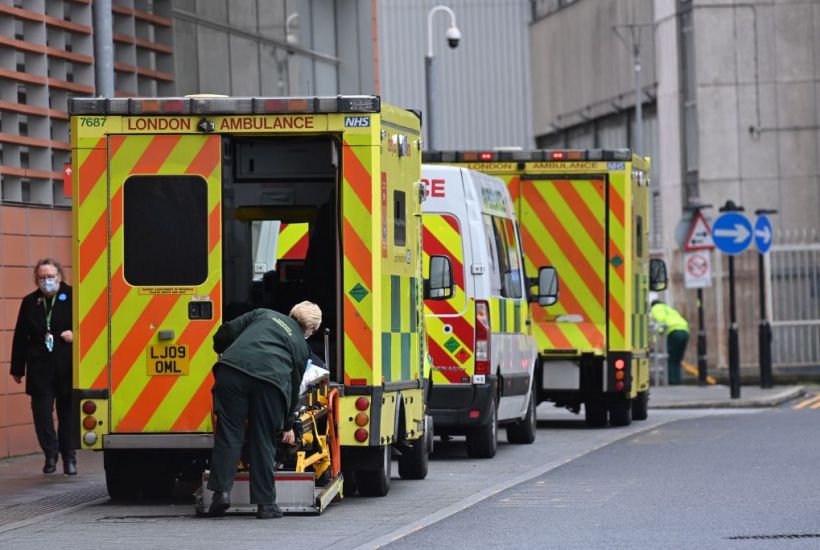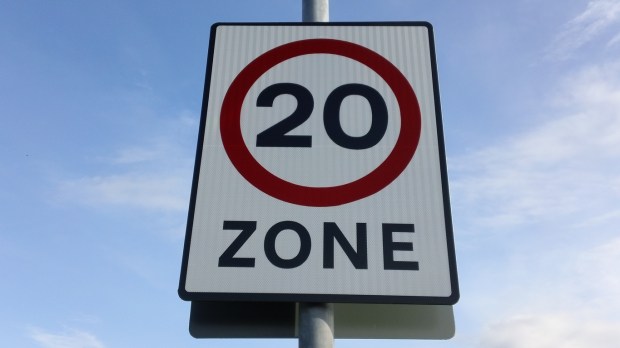Is the Indian variant really more like to land you in hospital? That is the claim being widely reported this morning, based on Public Health England’s technical briefing 14. The briefing claims that the Indian (or Delta variant) is associated with a ‘significantly increased risk of hospitalisation within 14 days of specimen date.’ If you are infected with the Indian variant you are 2.61 times as like to require hospitalisation within 14 days, relative to the risk if you are infected with the Kent variant. And you are 1.67 times at greater risk of having to seek A&E treatment or be hospitalised.
The complicating factor is that the raw data actually points a little in the opposite direction. The full study analysed over 200,000 cases of Covid sequenced between 1 October 2020 and 31 May 2021, 94.7 per cent of which were the Kent variant and 4.2 per cent the Indian variant. In both cases, Kent and Indian, 3.9 per cent of people ended up making a visit to an Accident and Emergency department. Of the Kent variant, 1.5 per cent of cases resulted in a hospital stay, compared with 0.9 per cent of cases of the Indian variant. As for the mortality rate, 1.2 per cent of cases of the Kent variant resulted in death, compared to 0.2 per cent of cases of the Indian variant. It is only when PHE tried to adjust the results for age, sex, ethnicity, area of residence and vaccine status that they detected a higher risk from the Indian variant.
Adjusting for these factors might sound reasonable enough, but an important question remains: are people equally likely to be diagnosed with the Indian variant as they are with the Kent variant, or are there more milder cases missing in one instance than the other? One complicating factor is that the level of sequencing to pick up new variants has changed markedly over time. Up until February, fewer than 10 per cent of cases were being sequenced to find out what variant they were. By May that had climbed to over 60 per cent, before falling back slightly to around 50 per cent.
The PHE report states emphatically: ‘confirmatory analyses are required to confirm the magnitude in change of risk’ – although this seems to have gone missing from much of the reporting this morning, which takes it as fact that the Indian variant is more likely to land you in hospital.
We have been here before. In January Sir Patrick Vallance, the Chief Scientific Adviser, held a press conference to announce, glumly, that the Kent variant appeared to have a mortality rate 30 per cent higher than previous variants. That led news bulletins. Less noticed were two studies published in the Lancetand Lance Infectious Diseases in April which analysed the data and concluded that, after all, the Kent variant was no more deadly than previous variants.
Got something to add? Join the discussion and comment below.
Get 10 issues for just $10
Subscribe to The Spectator Australia today for the next 10 magazine issues, plus full online access, for just $10.





















Comments
Don't miss out
Join the conversation with other Spectator Australia readers. Subscribe to leave a comment.
SUBSCRIBEAlready a subscriber? Log in